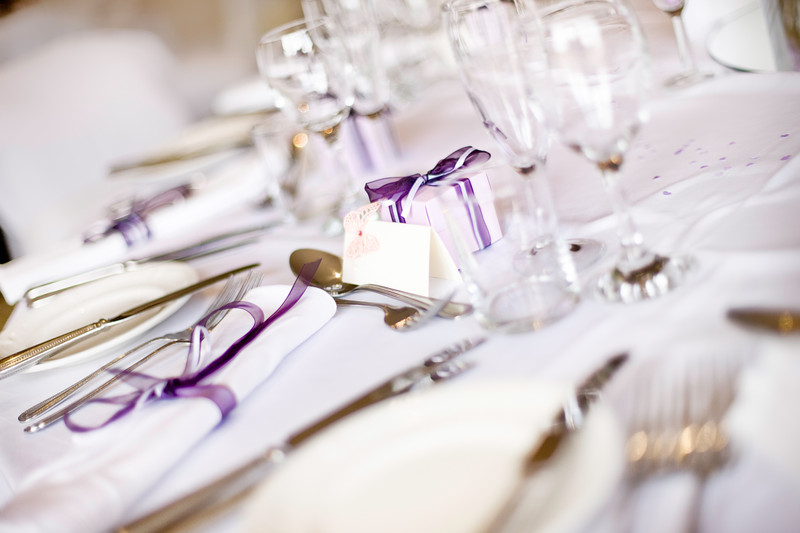Planning your Toronto wedding will include several elements. From your wedding dress to the venue and everything in between, it’s all got to be just right. The food your serve is just as important as the manner in which it is presented to your guests. There are a few options to choose from and each of which has its own list of pros and cons.
Plated dinner
Plated meals are perfect for serving at a sit-down dinner. Each plate is prepared and presented to the guests by a team of servers. There are usually three courses – an appetizer, main course, and dessert. A fourth course can be added between the starter and the main course if desired. Catering services will usually allow your guests to choose from at least two different options for each course. One of the main advantages is that your guests will all receive their food at the same time. Your caterer will also be prepared according to the number of guests you’re expecting. In between each course, you can enjoy some dancing or even toasts. On the downside, this serving method will require more staff from your caterer and your food options will be somewhat more limited than a buffet style meal.
Buffet
Buffets consist of several long tables placed together to form a long line along one side of the room. Guests will get up, take a plate from the beginning of the line and make their way along. They will help themselves to various foods as they go and they can get up for more as and when they please. Buffets can also include one or two carving stations where catering staff will slice meats or prepare other dishes to order. The main advantage is that you won’t need nearly as many servers. You might like to have a few waiters circulating to take away plates and fill water glasses, but that’s about it. Buffets are also great for socializing since your guests can have a nice chat along the way. One disadvantage is that you may have to split up your tables into groups so that you don’t have overcrowding at the buffet table. The bridal party usually goes first followed by the rest of the guests. It’s quite common for guests to eat more when they are serving themselves so you will also need a larger quantity of food and the food will need to be kept warm in chaffing dishes.
Stations
Food stations are similar to the buffet style, but there are several “stations” or manned tables throughout the reception area. One might be a carving station whereas another one is for desserts, and so on. Portions are smaller so that guests have the chance to try a bit of everything and to limit waste. These stations are manned by professionals who often provide a kind of entertainment as they serve. With the stations spaced out, wait times are usually shorter than a buffet. Of course, since each station needs a chef, you will need to hire more staff than you would for a buffet. This style also takes up more space, so it only works for larger areas.
Family style
These meals are served in groupings to each table. Each table receives several food items in serving dishes, and they can help themselves without having to stand in line. While this is a time saver, you need larger dinner tables in order to allow space for the food to be set in the middle. You will also have to consider your reception décor very carefully.
For the best Toronto catering experts, check out our listings at BeWed. Remember, the food at your wedding will be one of the most popular topics for discussion so making a good impression is essential!





